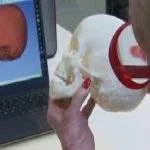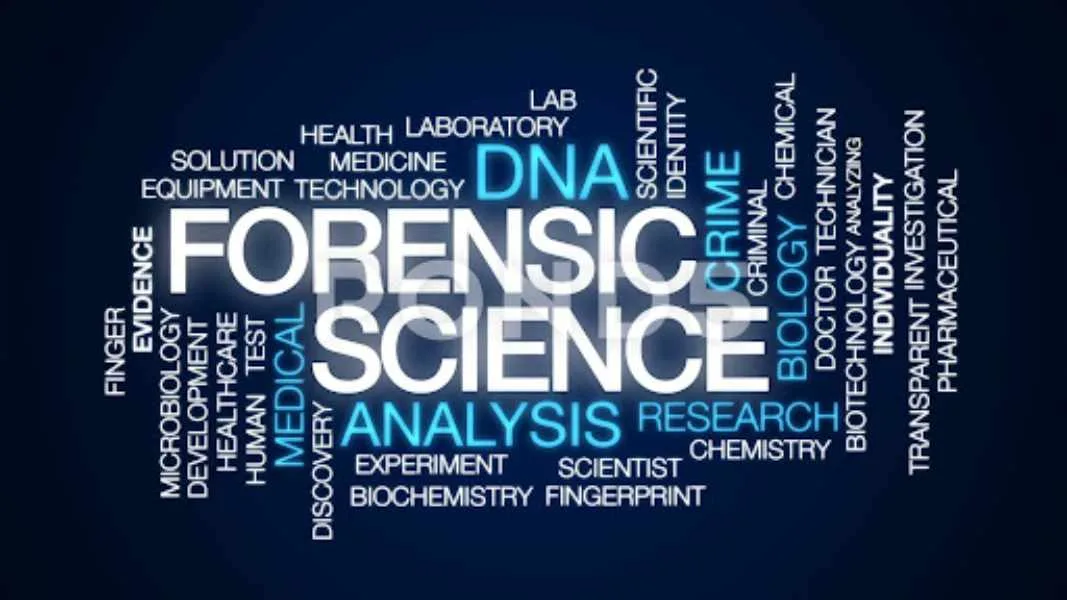As technology permeates all aspects of our lives, it is no surprise that crime solving has become almost futuristic in its evolution. From retinal scans to trace chemistry, modern forensic technology is so advanced in solving crimes that it seems like something out of a sci-fi thriller.
Unlike other fields of science, forensic science is interdisciplinary in nature. It involves a variety of techniques and methods to solve crimes. The challenges faced in developing measurement tools include evidence samples that are degraded, incomplete, or small in volume.
To overcome these challenges, forensic scientists and researchers are developing new technologies. This article will discuss some of the emerging forensic science technologies.
As these technologies become more advanced, law enforcement will be able to use them more effectively in determining the cause of a crime. 3-D imaging of corpses, for example, allows investigators to see the extent of injuries and internal damage. The growing availability and ease of use of these technologies are making them an indispensable tool for the criminal justice community. Ultimately, they will aid in solving crimes.
The development of these new technologies is essential for solving criminal cases. Using these new tools can lead to faster investigations and a more accurate criminal investigation.
As these innovations become more widely used, the criminal justice system will be better able to prosecute suspects and solve crimes. With the help of these technologies, the speed of crime investigations will be accelerated. The advancement of forensic science is essential for solving complex crimes, and this is a great way to make it happen.
Forensic Science Research
Forensic science research is essential in the investigation of crimes. Forensic scientists collect evidence from crime scenes and analyse it to make sure it’s genuine. By collecting and analysing evidence, they can determine whether a murderer is guilty or not. The forensic scientist also examines the damaged scene and collects DNA for analysis. This information is crucial in determining who committed the crime.
Why is forensic technology important?
According to Jennifer Doleac, founder of the Justice Tech Lab, modern forensic technology can “reduce crime, improve data quality and reduce racial disparities.” This means that advances in forensic science can not only help catch criminals, but also help create a more equitable and efficient criminal justice system.
10 ADVANCES IN FORENSIC SCIENCE TECHNOLOGIES (2022)
- Biosensors for Fingerprint Analysis
Like DNA, fingerprints found at a crime scene can be matched to a suspect by comparing them. However, fingerprints are not always clear or readable. Now forensic scientists can use biosensors to analyse the smallest traces of bodily fluids found in fingerprints to identify a suspect. The data that can be found includes age, medications, gender, and lifestyle. Biosensors can also be used to analyse other body fluids found at a crime scene.
- DNA Phenotyping
While DNA collected from a crime scene can be assigned to a suspect by comparing samples, DNA can also be used to determine what a suspect physically looks like. DNA has 23 chromosomes that code for its external appearance. Forensic scientists can sequence a DNA sample and identify traits of the suspect, including hair, eyes, and skin colour, to investigators. Newer techniques can also predict age and biological background
- Geolocating a Suspect or Victim using Stable Isotopes of Water
Isotopes vary from atom to atom and can have a unique signature. Recent forensic developments have shown that scientists can determine where the sample might have come from by isolating the isotopes in a water sample from a suspect or victim.
If there are multiple samples, the isotopes can even recreate the route the subject took. Isotope detection by other methods can also be used to determine the number of people present.
- Immunochromatography
Immunochromatography is a method of testing for disease by placing a small sample on a prepared test strip. Results are relatively quick and common tests that use this technique include COVID, HIV and even pregnancy tests. In forensics, immunochromatography tests are used to detect substances in individuals’ bodily fluids, such as drugs and medications.
A smartphone-based sensor was developed to evaluate a saliva sample through immunochromatography, without the need to be in a laboratory.
- Forensic Palynology
Forensic palynology is a relatively new area for forensic scientists. Palynology is the study of pollen, spores, grains, and seeds and can be used in forensics to identify a subject’s location. Pollen and spores are minute and can deposit on skin and clothing largely unnoticed. Scientists have not developed techniques to collect and compare these trace materials and use them as evidence.
- Digital Vehicle Forensics
Vehicle forensics has typically been an area where investigators collect physical evidence, including fingerprints, fluid samples, and trace materials like dirt. They can also physically examine the car to determine how it went into an accident, accident or terrorist attack.
However, with the advancement of technology in vehicles, the field of digital vehicle forensics has opened up, in which scientists and investigators can collect data such as current destinations, typical routes, personal data and preferred locations.
- Blockchain-Based Solutions: Cloud Forensics
Over 50 percent of personal and business data is now stored in the cloud – remote servers. As a result, digital forensic scientists had to develop methods to collect, analyse and evaluate data collected from the cloud.
Handling this data presents a number of security and privacy concerns. To help protect data integrity and maintain a chain of custody, digital forensic scientists have started using blockchain technology as it is virtually impossible to tamper with.
- 3D Technology to Determine Physical Fit
Forensic pathologists often receive physical evidence that must be reconstructed. This is called physical fit and it is a well known method of determining that two parts are from the same source. This evidence can be a variety of materials, and often they can be relatively brittle like bones.
A recent study at the University of Portsmouth used 3D imaging to map the exact dimensions of some burnt bones, then reproduced the parts using a 3D printer. This allowed them to determine whether or not the pieces fit together without having to over-handle fragile evidence.
- Social Network Forensics
More than 3.6 billion people are on social networks, and that number is expected to increase to 4.5 by 2025. When social media first emerged, investigators and forensic scientists didn’t have as much data to sift through. Now social media data for a given topic can be daunting.
Recently, to help assess this data, scientists have developed models to analyse the information collected on social media. For automated data analysis to be accepted in court, it must be based on reproducible, explainable, and testable models.
- Drone Forensics
As of August 2021, over 880,000 drones were registered with the FAA in the United States. Over 40% of these drones are registered for commercial use. The growing popularity of these unmanned aerial vehicles has provided criminals with a new tool to smuggle drugs, conduct illegal surveillance and attack victims. Forensic scientists develop methods and models to collect and analyse data from drones, SD cards and cell phones
10 TECHNOLOGIES USED IN FORENSIC SCIENCE (PRE-2021)
- Laser Ablation Inductively Coupled Plasma Mass Spectrometry (LA-ICP-MS)
- Alternative Light Photography
- Video Spectral Comparator 2000
- High-Speed Ballistics Photography
- Digital Surveillance For Xbox (XFT Device)
- DNA Sequencer
- 3D Forensic Facial Reconstruction
- Magnetic Fingerprinting and Automated Fingerprint Identification (AFIS)
- Forensic Carbon-14 Dating
- Link Analysis Software for Forensic Accountants
How has forensic science technology changed over the years?
The early days of forensic science must have been rather frustrating for detectives, lacking a choice beyond their own investigative skills and a reliable magnifying glass. Modern miracles such as DNA analysis or image enhancement technologies have simplified forensic science in one respect.
Summary
Forensic science technology is vital for solving crimes. These tools are used in the crime scene investigation, and help to gather evidence that is reliable. However, there is a huge demand for forensic science technology. It is vital for ensuring the safety of both the victims and the police. Forensic science is a vital part of law enforcement. So, it is imperative to improve the field of criminology.







